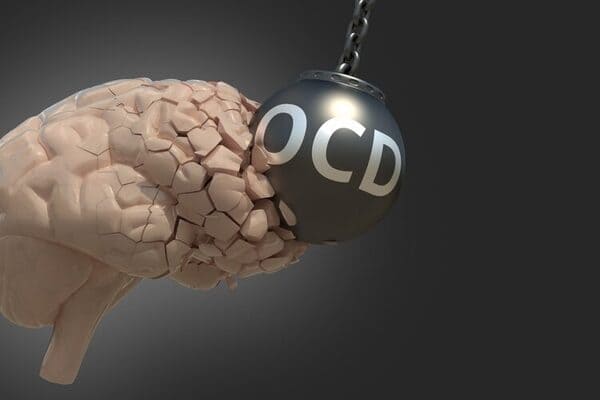Harm OCD
What is Harm OCD?
Harm OCD, also known as Harm Related OCD is a subtype of obsessive-compulsive disorder. It involves obsessions and compulsions related to the fear that you or someone you love will cause harm to yourself or others. The goal for people suffering from this type of OCD is to prevent something bad from happening, which leads to compulsive behaviors that are designed to either keep you safe or prevent harm. This can include compulsions such as checking and reassurance seeking, as well as rituals often associated with contamination fears like washing hands, showering excessively, and avoiding dangerous objects or situations.
Examples of Harm OCD thoughts might include: worrying about accidentally hitting someone while driving, fearing that you will forget to turn off the stove and cause a fire, or being concerned about making your child sick because of something you touched.
Get the Best help for OCD
Symptoms of Harm OCD

Some of the specific symptoms that people with this form of OCD experience include:
Repeating certain behaviors or routines repeatedly. This may include things like locking and unlocking a door multiple times before leaving the house, washing your hands again and again, or checking to make sure that you haven’t made any mistakes.
Constantly worrying about something bad happening, such as you or a loved one getting sick or being hurt in some way. This can cause a person to avoid situations that might put them at risk of these things from happening.
Obsessive thoughts that are unwanted and unpleasant, and create anxiety for the individual dealing with them. These thoughts can make it difficult to focus on anything else and may take up a great deal of your time and energy.
Examples of Harm OCD Obsessions
There are many different types of obsessions that can be experienced by people with OCD, and the following are some common examples of harm-related obsessions:
- Fear of harming or killing others – this may involve intrusive thoughts about stabbing, shooting, hitting or physically abusing a family member or friend, or even strangers. These thoughts may be accompanied by fears that the person will act on these thoughts, or that they are capable of such actions.
- Fear of harming oneself – this may involve intrusive images or thoughts about self-harming with a knife, razor blade, or other sharp objects, and often includes fears of being unable to stop the violent urges from taking over.
- Fear of causing harm to a child – this may involve intrusive thoughts or images about harming one’s own children, often accompanied by fears that the person will act on these thoughts, or that they are capable of such actions.
- Fear of accidentally poisoning others – this may involve intrusive thoughts or images about putting poison in someone’s food or drink, and again often includes fears that the person will act on these thoughts, or that they are capable of such actions.
- Fear of accidentally spreading disease – this may involve intrusive thoughts or images about catching a deadly illness (such as HIV/AIDS) and then passing it on to loved ones, friends, or even strangers.
- Fear of causing fires – this may involve intrusive thoughts or images about starting a fire in the home and not being able to stop it from spreading, often accompanied by fears that the person will act on these thoughts, or that they are capable of such actions.
Compulsive Behaviours of Harm OCD
- Reassurance seeking: Asking others to tell you that everything is fine even if it isn’t.
- Checking: Constantly checking things like the stove or oven to make sure they are off.
- Washing and cleaning: Spending hours scrubbing oneself or one’s home to prevent “germs” from getting in, or large amounts of dirt accumulating on surfaces.
- Re-reading and re-writing: Constantly going over lists, papers or other written work.
- Counting: Constantly counting objects around them or performing other routines in order to prevent a feared event from happening.
- Touching: Touching items with one’s hands to perform a compulsion that is associated with an obsession related to contamination.
- Repeating: Repeating phrases or words to oneself in order to relieve anxiety. This can also include behaviors such as doing “anything you would do on the first day.”

